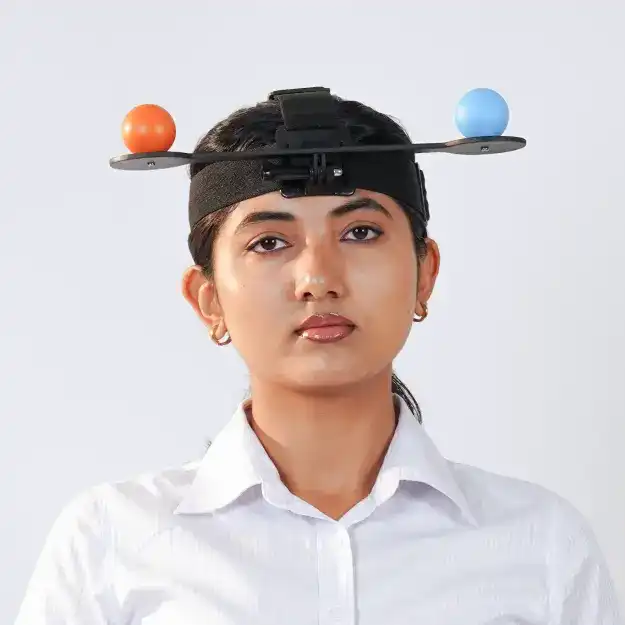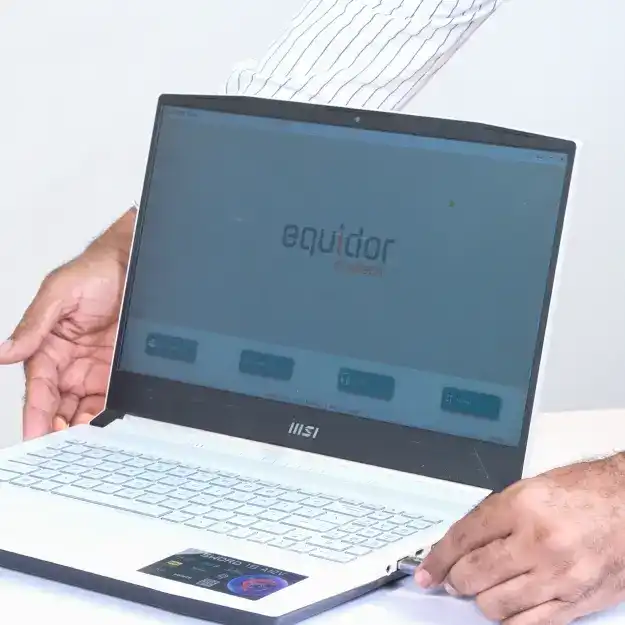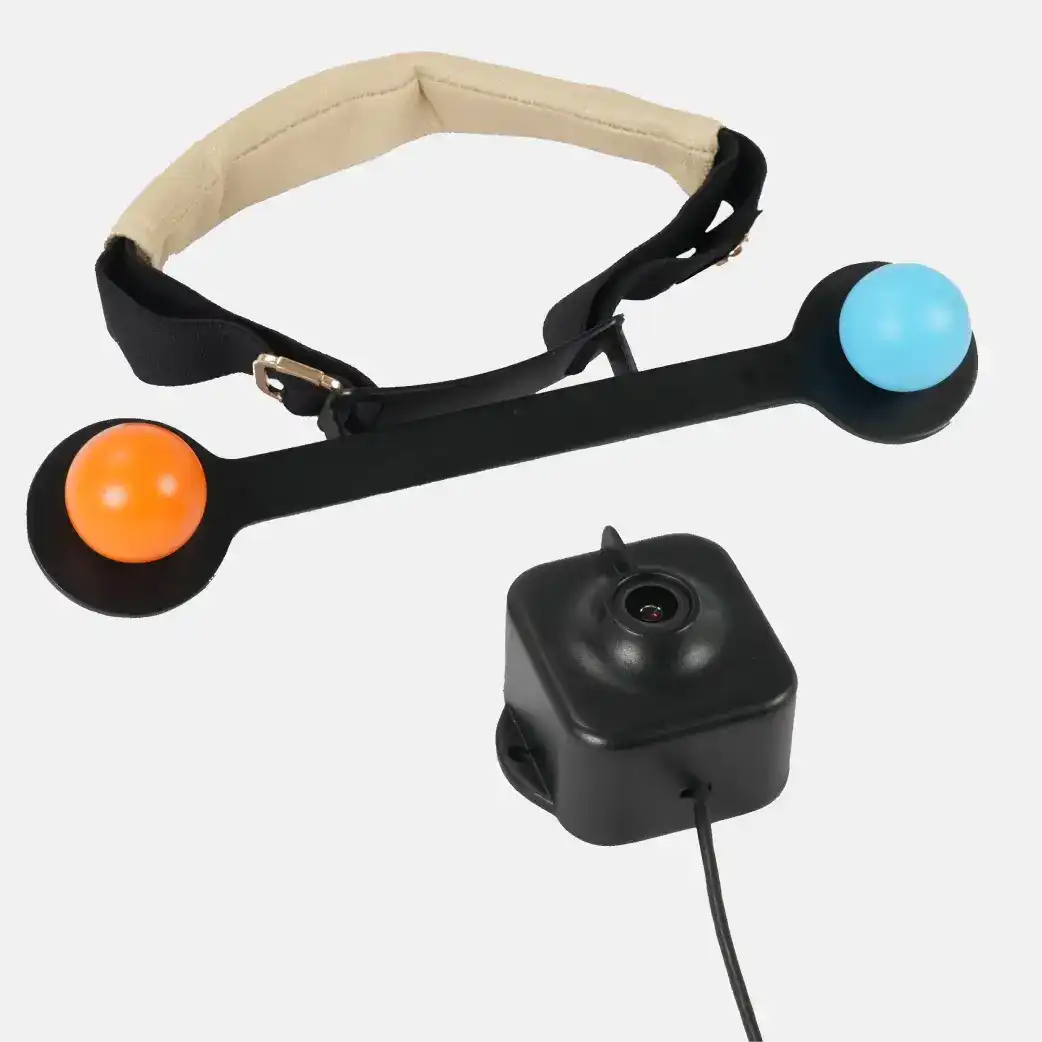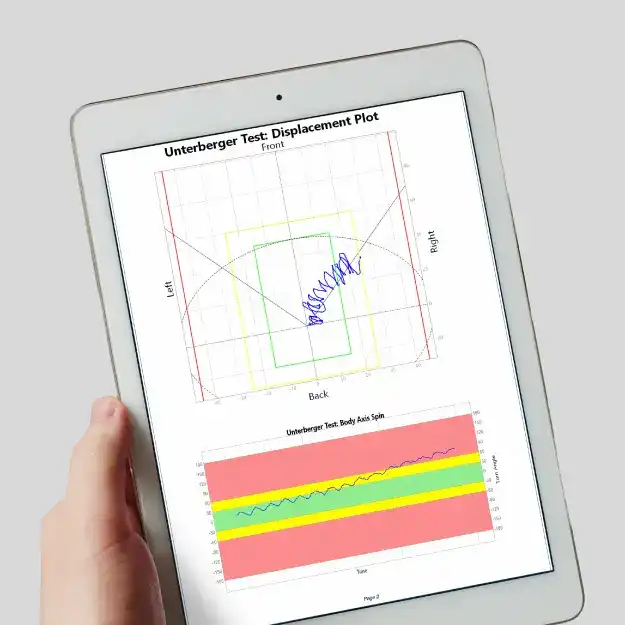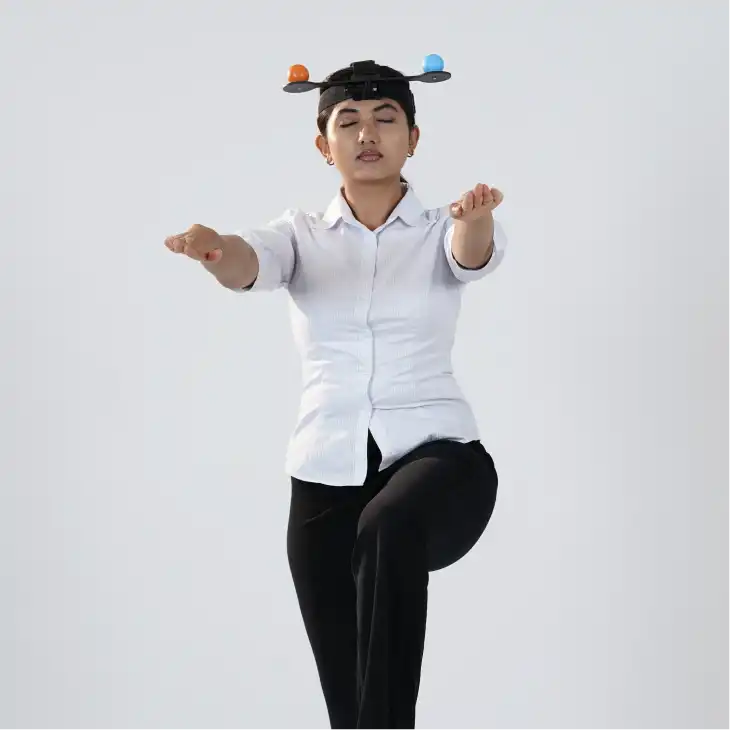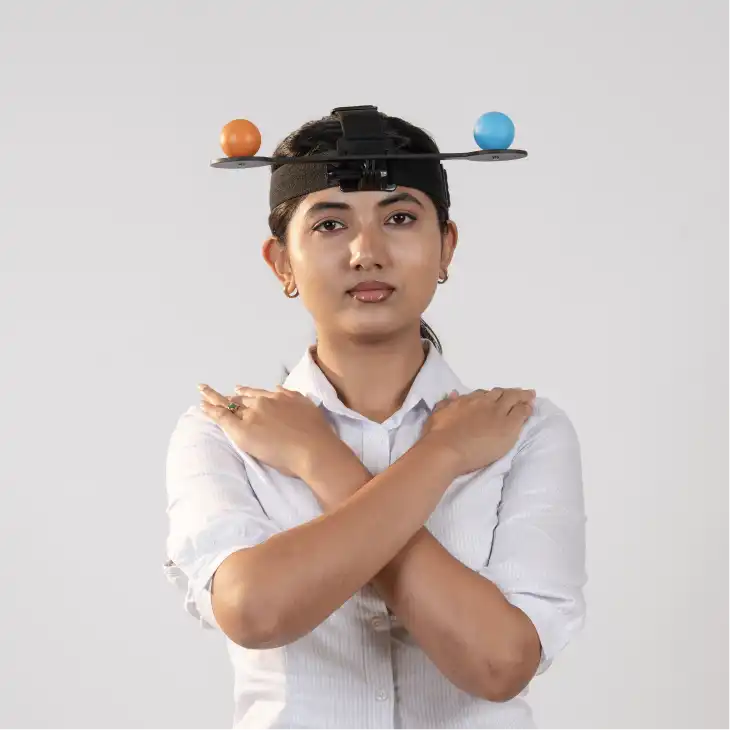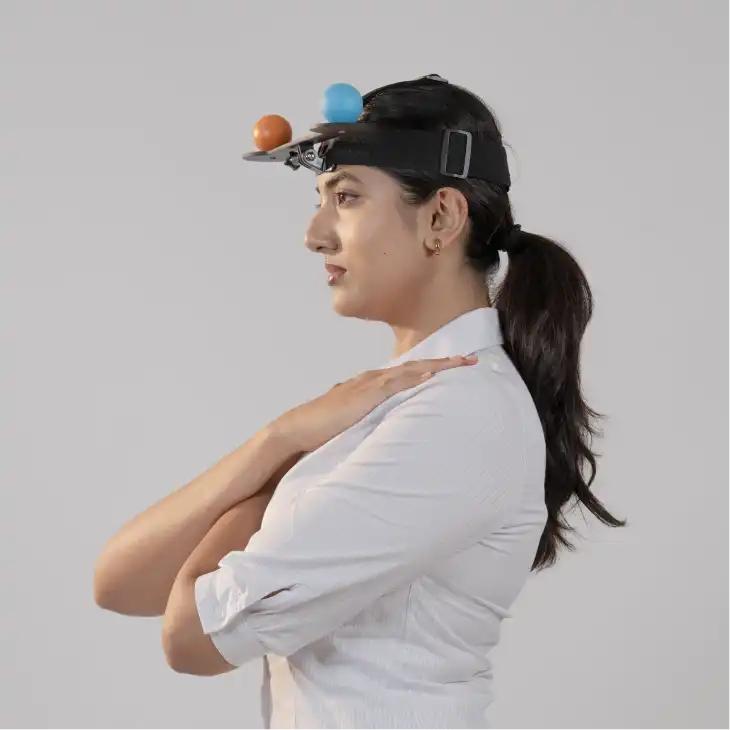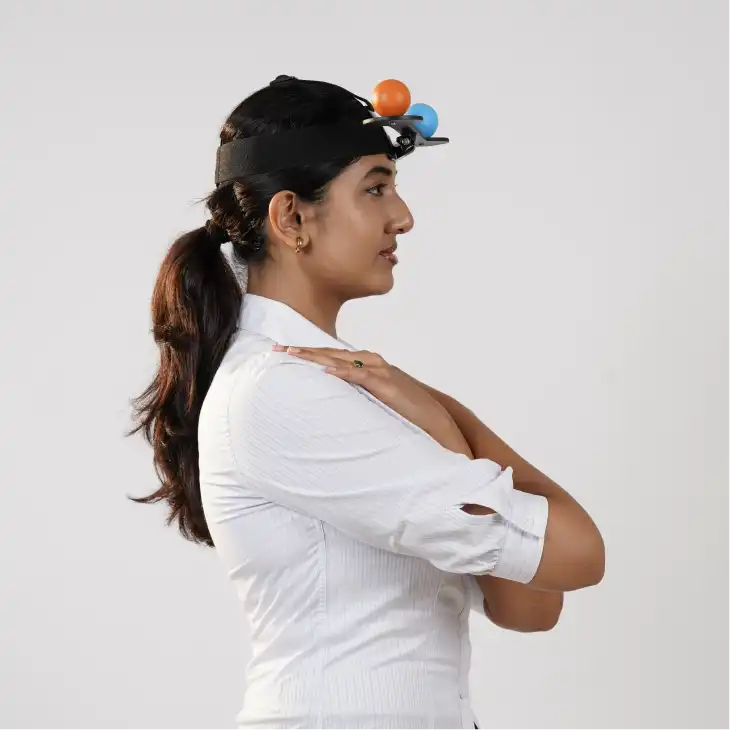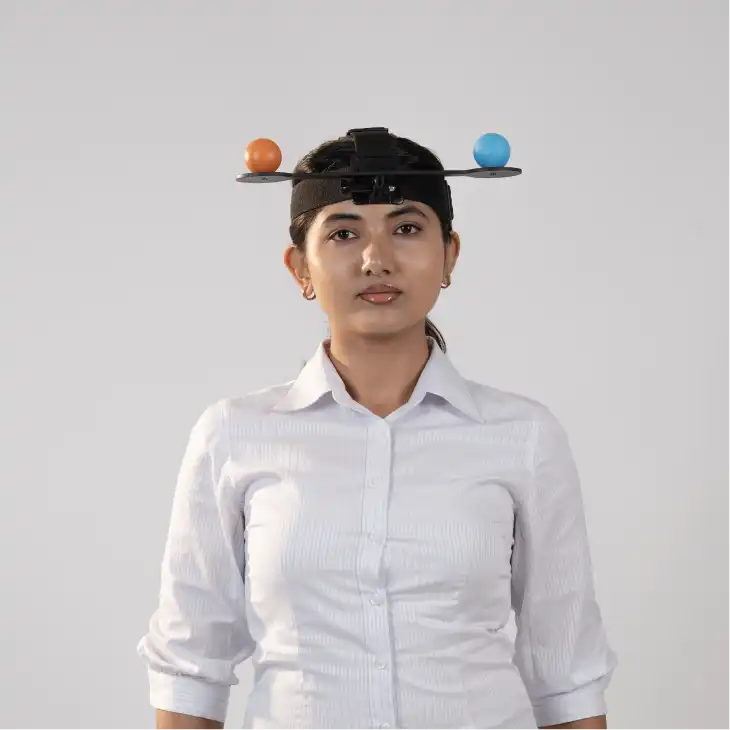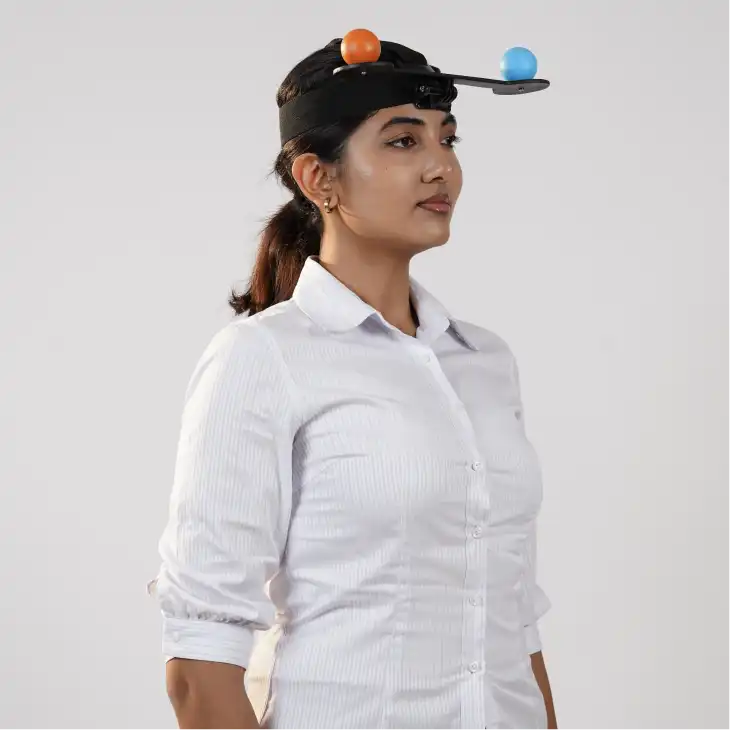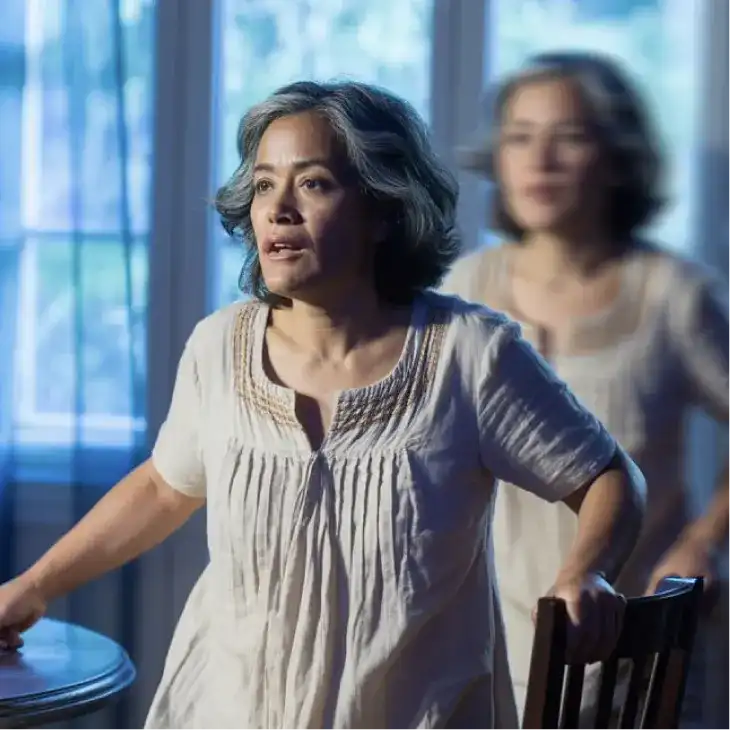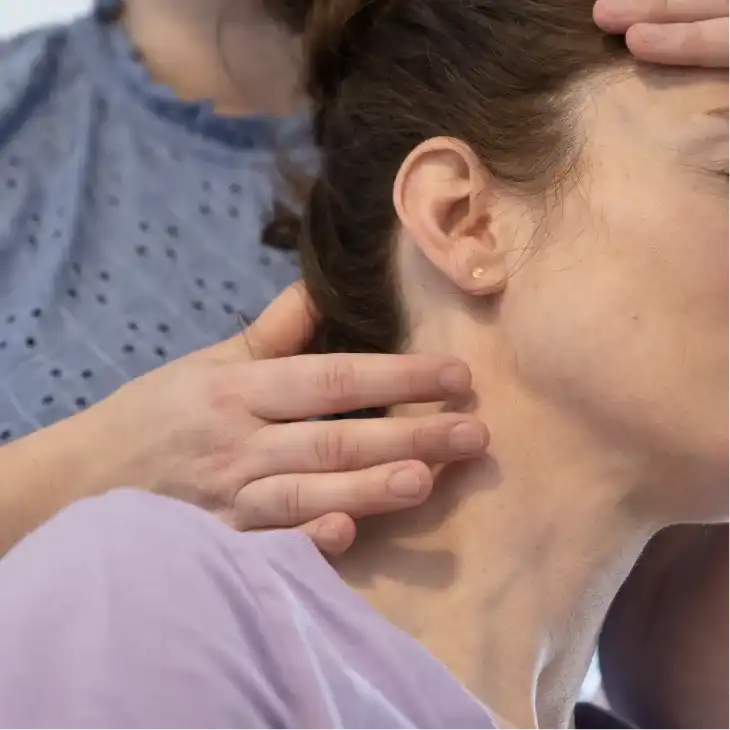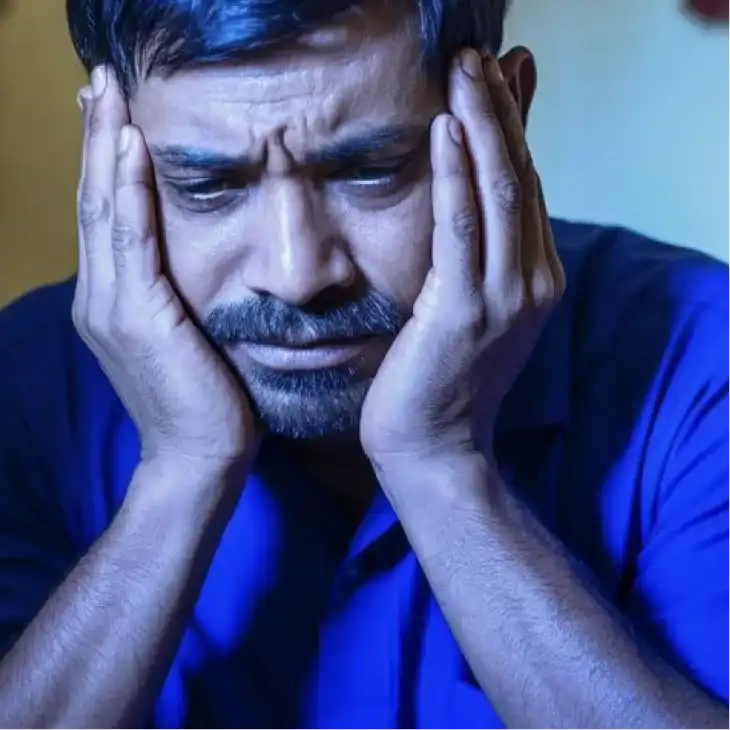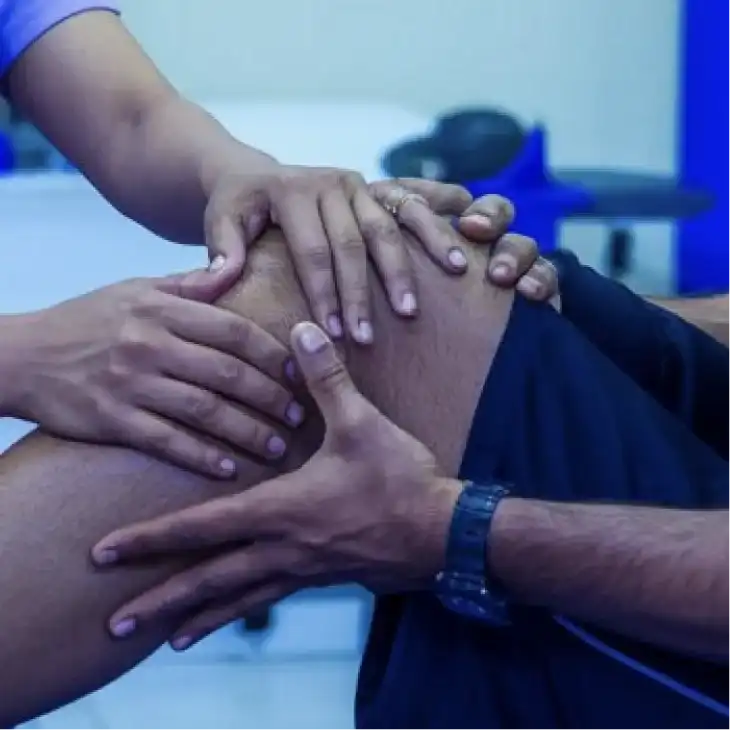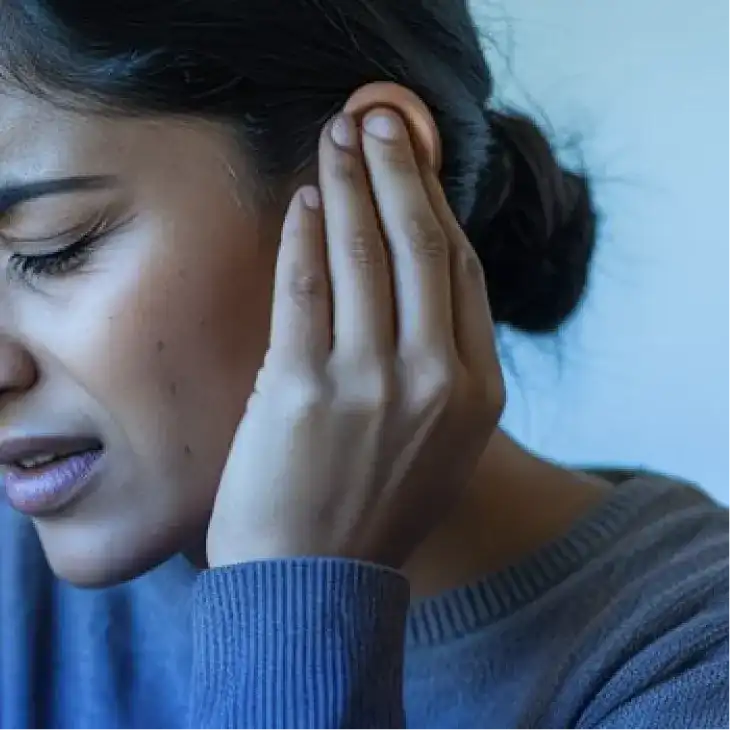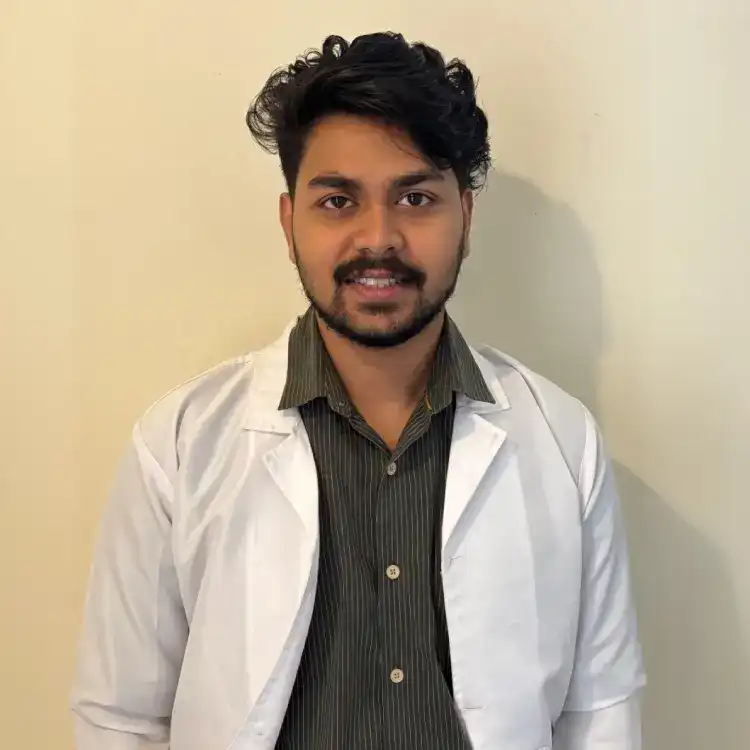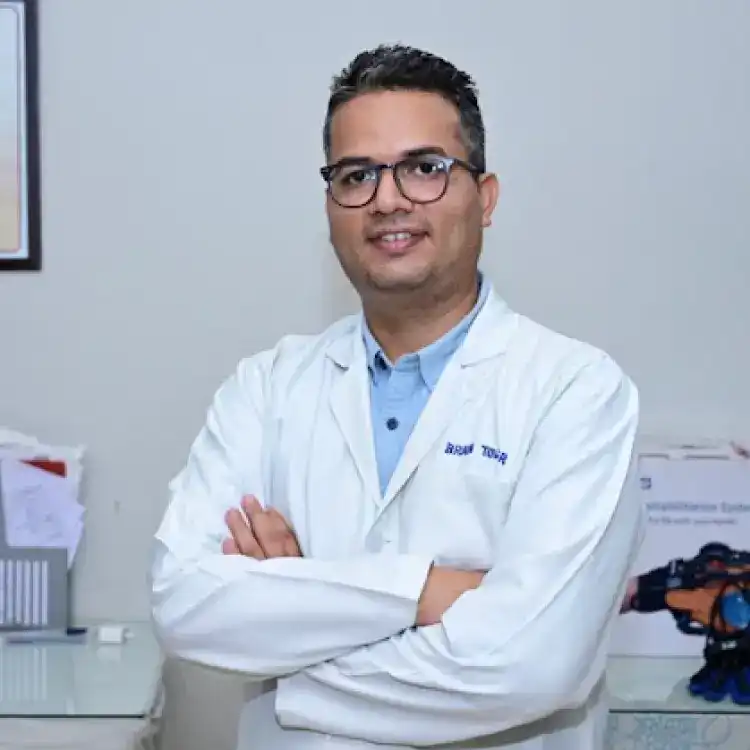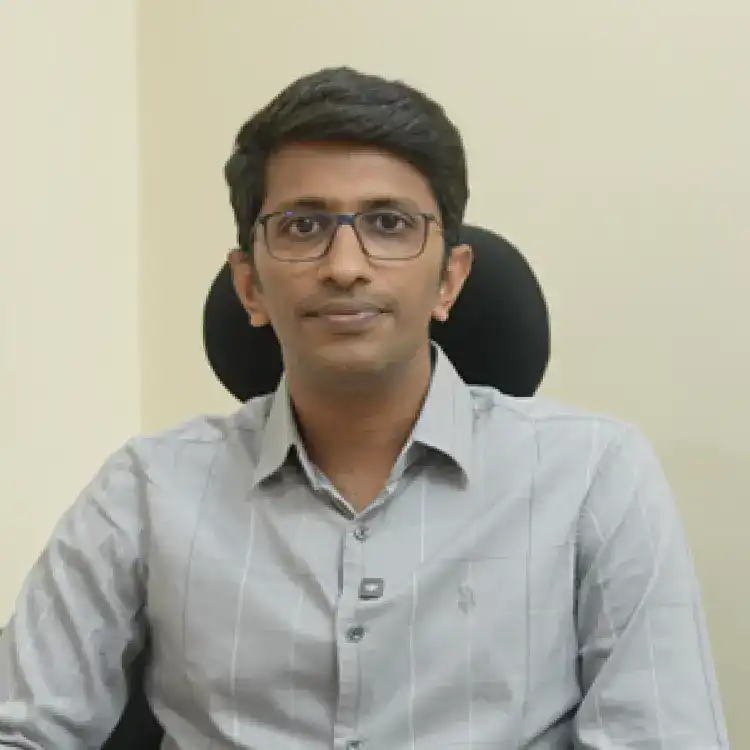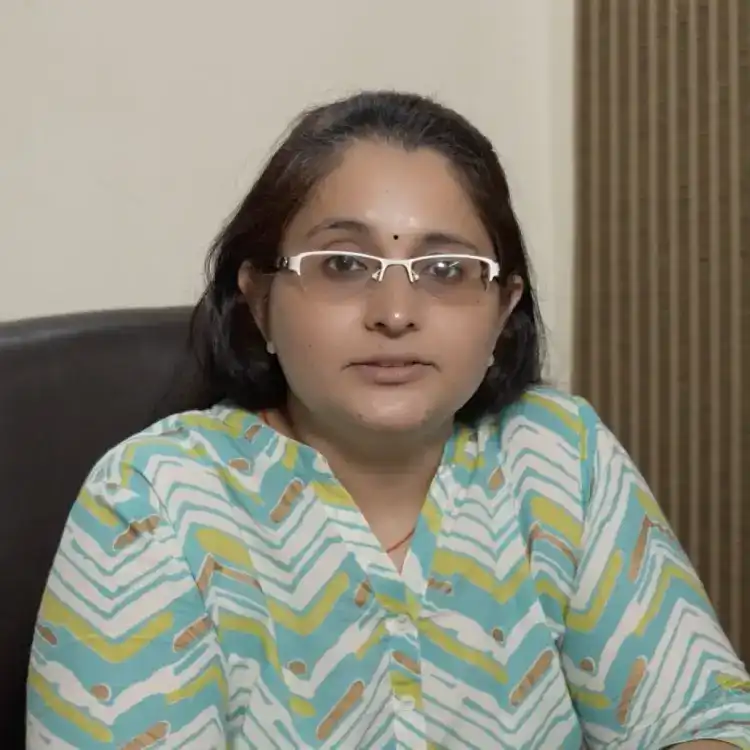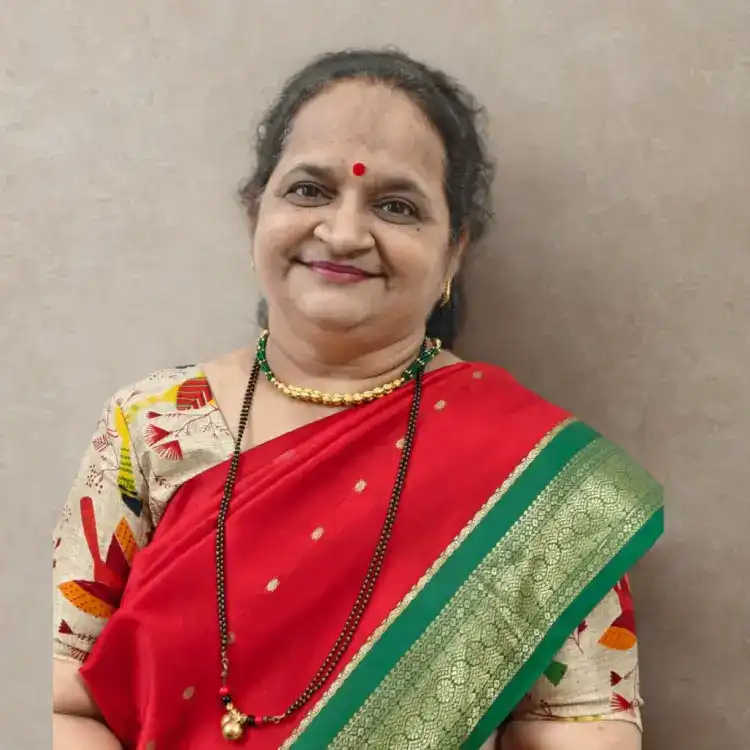Gait & reflex
in sync.
Product Features
See EquiCCG
in Action
Watch EquiCCG measure head-body motion in real time. Discover how it streamlines vestibulospinal reflex testing with fast, objective balance data; no wires, darkroom, or batteries required.
Comprehensive Test Protocols
EquiCCG vestibular function testing encompasses a series of standardized protocols, each designed to evaluate specific aspects of the vestibulospinal reflex. EquiCCG balance assessment tool assess balance through advanced craniocorpography protocols.
Advantages
360° Patient Movement Coverage
Provides a broad, overhead view to accurately track patient movement across the testing area, ensuring reliable data.
High-Resolution Imaging
Wide-angle ceiling-mounted camera captures precise movements.
Passive Head Tracker
No electronics, cables, or batteries ensure low maintenance and high safety during assessments.
Ambient Light Operation
Works seamlessly in well-lit environments, removing the need for a dark room setup.
Automated Balance Metrics
Software instantly calculates key craniocorpography parameters, reducing manual effort and improving reliability.
Comprehensive Protocols
EquiCCG covers all craniocorpography protocols, i.e., the Unterberger-Fukuda test, Tandem walking test, and Romberg test.
Normative Range Indicators
Receive instant feedback on whether the patient's results fall within the normal limit.
Efficiency
Streamlined data collection and analysis for faster assessments.
Multi-Specialty Use Cases
Product Anatomy
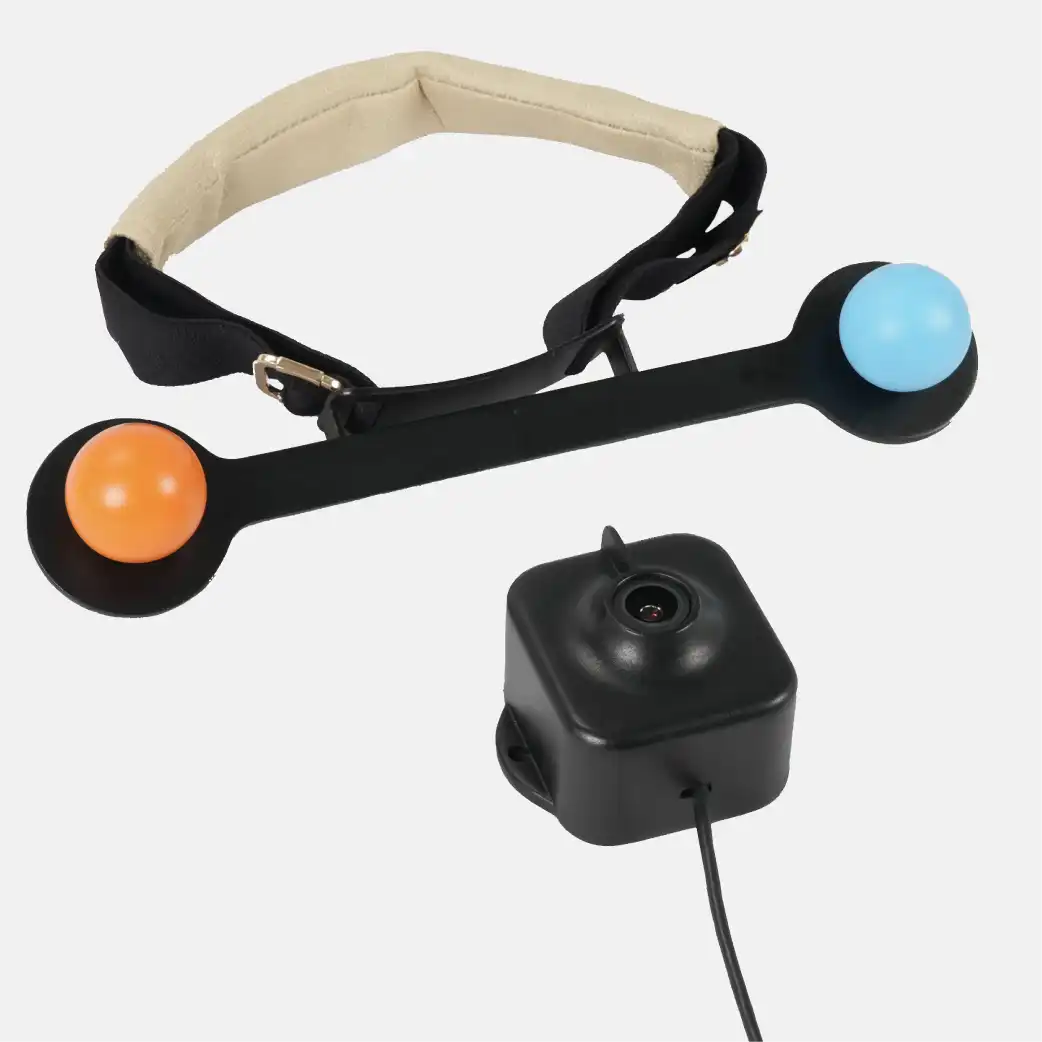
Color-Differentiated Head Tracker Band Device
Visually tracks head movement direction and orientation. The headband holds the tracker securely in place during assessment.
Ceiling-Mounted Camera with Base Plate
Captures a comprehensive view of the patient's movements over a large distance, ensuring precise data collection.
Extension Cable for System Connectivity
Connect the camera to the computer for visual data transmission.
User Manual
Offers guidance on setup, operation, and troubleshooting.Helps clinicians use the system confidently and effectively.
End-to-end guidance for system installation
Operator training (workflows, safety, hygiene)

Remote assistance & software updates
Testimonials
We built our tech to be a game-changer, but you don't have to take our word for it. See how leading clinicians are leveling up their practice and transforming patient outcomes.
Partner with Us to
Advance Healthcare
Whether you’re upgrading balance testing systems, establishing a new sleep study center, or expanding specialty services, our medical technology delivers rapid deployment and reliable performance across sleep apnea, vertigo, vestibular, ENT, and hearing care. We also collaborate with distributors, offering product demos, technical consultations, and customized healthcare solutions to bring these innovations to more patients worldwide.
Subscribe to
Taevas Perspectives.
Insights on healthcare innovations, market trends & health care advancements.


